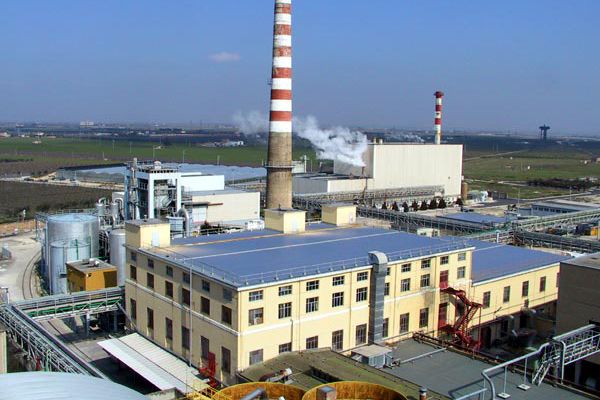The State Mint and Polygraphic Institute invests in the expansion of the production unit in Foggia. The Planning Agreement has been approved by the Council, investments for 31 million euros
Date:
12/04/2022

The State Mint and Polygraphic Institute invests in the expansion of the production unit in Foggia using the Program Contracts of Puglia Region, the subsidy measure aimed at large companies. The value of the investment amounts to 31 million euros, with a grant of over 6 million euros, an employment impact of 8 new units and up to 290 units when fully operational.
The Regional Council approved the final project yesterday, after the assessment by Puglia Sviluppo as a regional intermediate body for the implementation of subsidies.
Industrial and energy efficiency interventions will be carried out to further expand the existing production at the Apulian site. The objective of the State Mint and Polygraphic Institute is to make the Foggia plant a center of industrial excellence in Puglia. Right here, alongside the traditional activities (pharmaceutical stamps, medical prescription pads, paper production - including electoral material and lottery receipts), projects have recently been implemented for the internalization of the production of special / watermarked high-security cards and for the holographic sector. Furthermore, also with a view to increasing the safety of the services provided, the Foggia plant will host an advanced ICT site to support the production (Data Center).
"That the State Mint and Polygraphic Institute continues to invest in the Foggia plant - commented the councilor for economic development, Alessandro Delli Noci - tells us how much the regional tools put in place to support large, medium and small businesses work and how much Puglia is an attractive region in this sense. It is also very important that this investment focuses on the digitization and computerization of processes and on energy efficiency in such a complex time. We are confident that this investment can favour the development of the city of Foggia”.
The investment program includes, among others, interventions for digital printing, for the hot back-up of cards, for the automation of the plate production process, for the automation of the logistics of storage and handling systems, and interventions for energy sources.
The investment in digital printing is characterized by the use of an innovative solution in the production processes of high security prints, which consists in the coordinated integration of four different printing technologies, determining greater productivity and better production quality. The process innovation will also allow the development of new, highly secure, unique, and non-falsifiable prints.
The investment for the hot back-up of cards is characterized by a better management integration of the productions currently present in the Officina Carte Valori plant in Rome and in the Foggia plant.
The automation of the plate production process involves the development of innovative solutions, mainly related to the print control quality, the system for the automatic insertion and ejection of plates from the treatment oven, and the paint defect control system.
The investment in the automation of the logistics of storage and handling systems is characterized by the adoption of highly automated and computerized advanced systems, integrated with each other to provide high efficiency, productivity, and operational flexibility.
As for the energy sources, the investment, which consists in the exploitation of innovative technologies for the production of thermal and electrical energy, concerns the implementation of a heat-tracking cogeneration plant, combined with a photovoltaic system. The expected advantages are the coverage of at least 70% of the energy needs of the site, high service continuity, greater operational flexibility, greater adaptability to energy needs, reduction of unit costs of electricity and heat, reduction of environmental impact.
These advantages have become fundamental in the context of increased prices due to the Russia – Ukraine conflict.

